How to Choose the Right Materials for Your Next Custom Ring
When it comes to designing a custom ring, the choice of materials is one of the most important decisions you’ll make. The materials determine not only the look and feel of the ring but also its durability, symbolism, and even its environmental impact.
Whether you’re crafting a ring for daily wear, a special occasion, or a once-in-a-lifetime event like a wedding, this guide will help you choose the best materials to suit your style, values, and needs.
1. Metals: The Foundation of Your Ring
The metal forms the base of your ring, so it’s essential to choose one that complements your lifestyle and aesthetic preferences. Here are some popular options:
- Gold (Yellow, White, Rose): Classic and versatile, gold comes in a variety of colors and karats. Yellow gold offers a timeless look, while rose gold adds warmth and romance. White gold has a sleek, modern appeal, though it may require rhodium plating to maintain its shine over time.
- Platinum: Known for its strength and hypoallergenic properties, platinum is ideal for those seeking durability and luxury. It’s heavier and more expensive than gold but requires minimal maintenance.
- Titanium and Tungsten: Lightweight and highly durable, these metals are perfect for those with active lifestyles. Tungsten is scratch-resistant but may shatter under extreme pressure, while titanium offers a balance of strength and comfort.
- Silver: Affordable and elegant, silver is a popular choice for casual or statement rings. However, it’s softer and more prone to scratches, making it less ideal for everyday wear.
2. Inlays: Adding Character and Meaning
One of the most unique aspects of a custom ring is the option to incorporate inlays, which allow you to blend different materials into the design. Inlays can add color, texture, and symbolism to your ring:
- Wood: Wood inlays bring an organic and earthy feel to your ring. Reclaimed or sustainably sourced wood adds an eco-conscious touch, and each piece has a unique grain pattern.
- Stone: Gemstone inlays like turquoise, lapis lazuli, or malachite add vibrant color and a connection to nature. Stone inlays are perfect for those who want a bold and distinctive look.
- Opal: For a dreamy, iridescent effect, opal inlays offer a shimmering spectrum of colors. Each opal inlay is unique, making your ring truly one of a kind.
- Meteorite: A rare and otherworldly option, meteorite inlays bring a cosmic element to your design. They’re ideal for science lovers or anyone seeking a piece of history in their jewelry.
3. Gemstones: Balancing Beauty and Durability
If you’re planning to include gemstones in your ring, consider both their aesthetic appeal and practicality:
- Diamonds: The hardest gemstone, diamonds are a classic choice for engagement and wedding rings. They come in a variety of cuts and colors, offering endless customization options.
- Sapphires and Rubies: These durable gemstones provide vibrant alternatives to diamonds. Sapphires are available in a range of colors, while rubies are prized for their deep red hue.
- Emeralds: Known for their rich green color, emeralds add a touch of luxury. However, they’re softer and more prone to chips, so they’re better suited for occasional wear.
- Labradorite and Moonstone: These mystical stones offer a unique iridescence, perfect for statement or symbolic rings.
4. Sustainability: Making Ethical Choices
For environmentally conscious buyers, choosing sustainable materials is a key consideration. Look for:
- Recycled Metals: Many jewelers offer rings made from recycled gold, silver, or platinum, reducing the environmental impact of mining.
- Ethically Sourced Gemstones: Seek out jewelers who source their stones from conflict-free regions or use lab-grown alternatives.
- Reclaimed Wood: Opt for wood inlays that come from reclaimed or sustainably harvested sources.
By prioritizing sustainability, you can create a ring that aligns with your values while still being stunning and durable.
5. Lifestyle Considerations: Choosing Materials That Last
Think about how and when you’ll wear your ring. If it’s for daily use, durability is essential:
- For active lifestyles, metals like platinum or titanium are ideal because they’re tough and resistant to scratches.
- Gemstones like diamonds or sapphires are better for daily wear due to their hardness, while softer stones like emeralds or opals are best reserved for occasional use.
- If you work with your hands or in harsh environments, consider rings with minimal or flush-set inlays to prevent damage.
Conclusion: Designing a Ring That’s Uniquely You
Choosing the right materials for your custom ring ensures that it’s not only beautiful but also meaningful and practical. Whether you’re drawn to the classic elegance of gold, the natural charm of wood inlays, or the cosmic allure of meteorite, the materials you select will make your ring a reflection of your unique style and story.




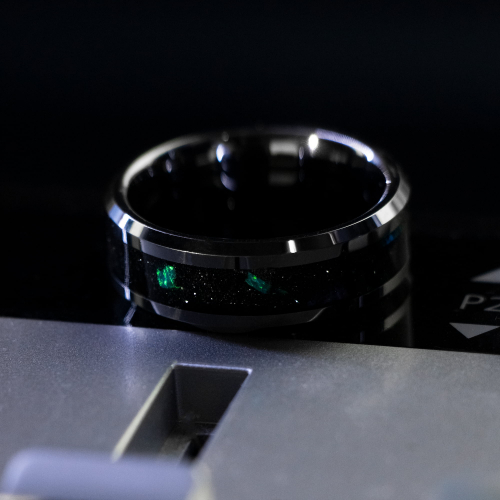

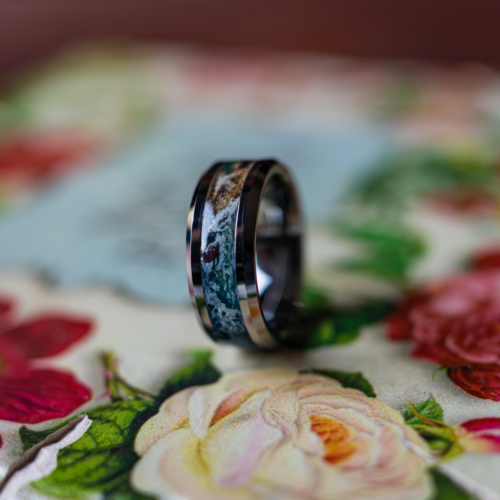
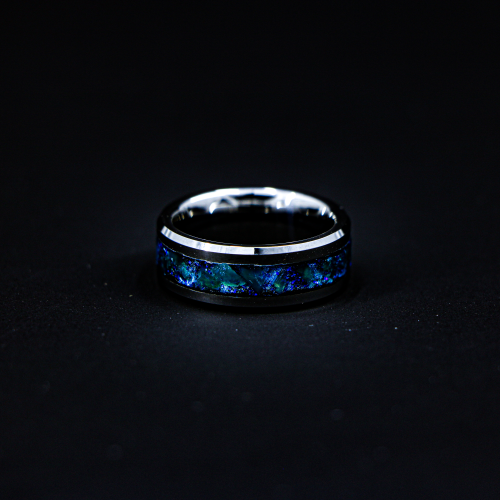

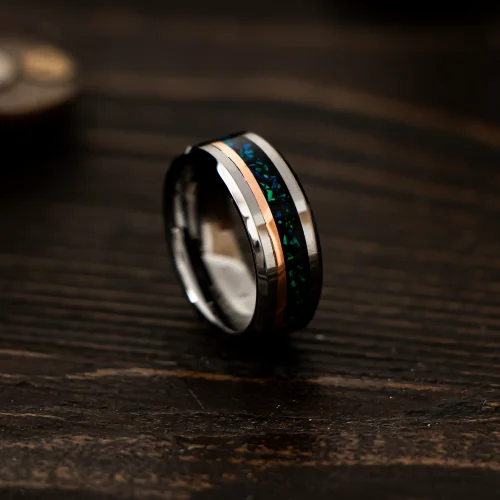
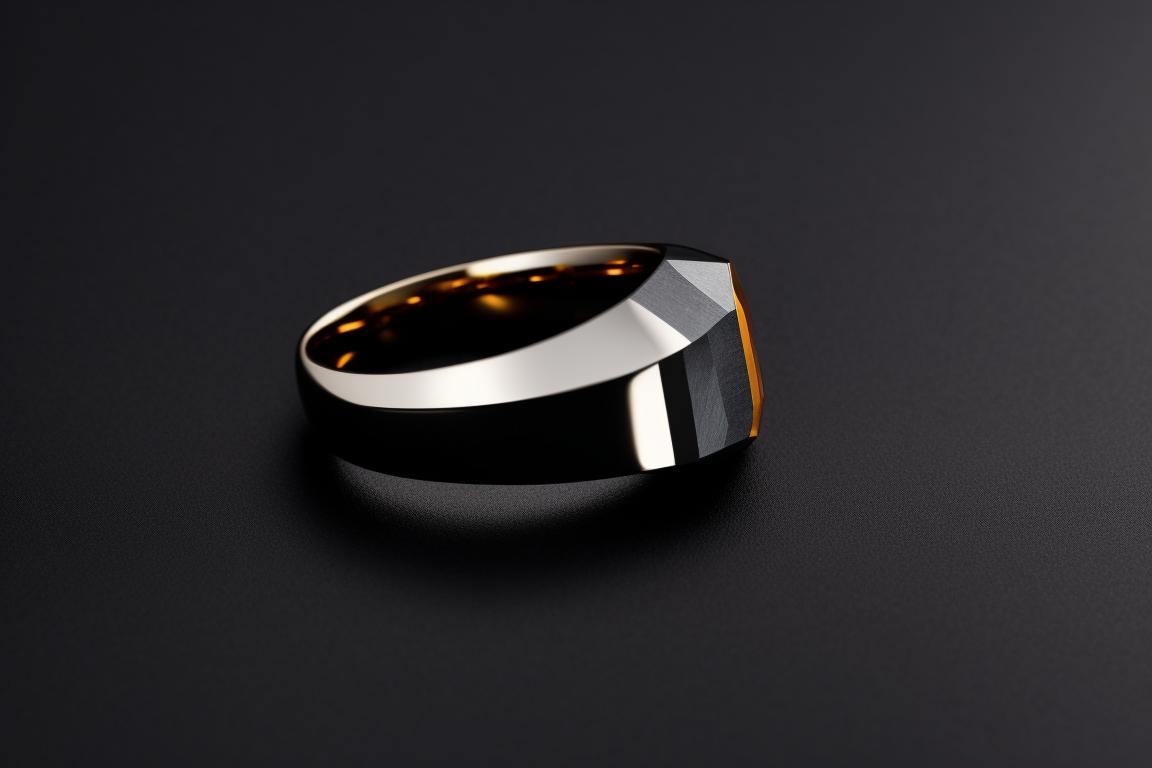
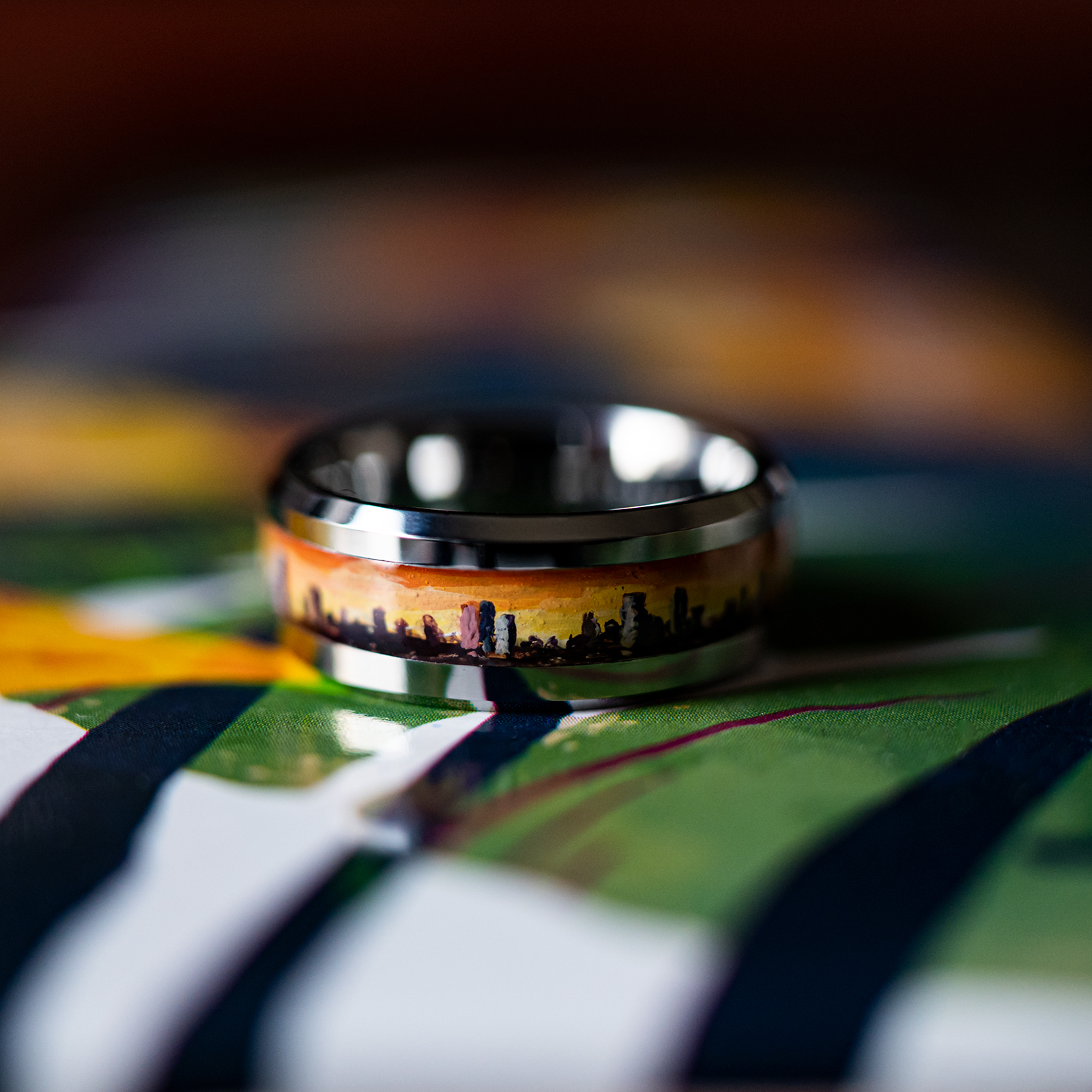
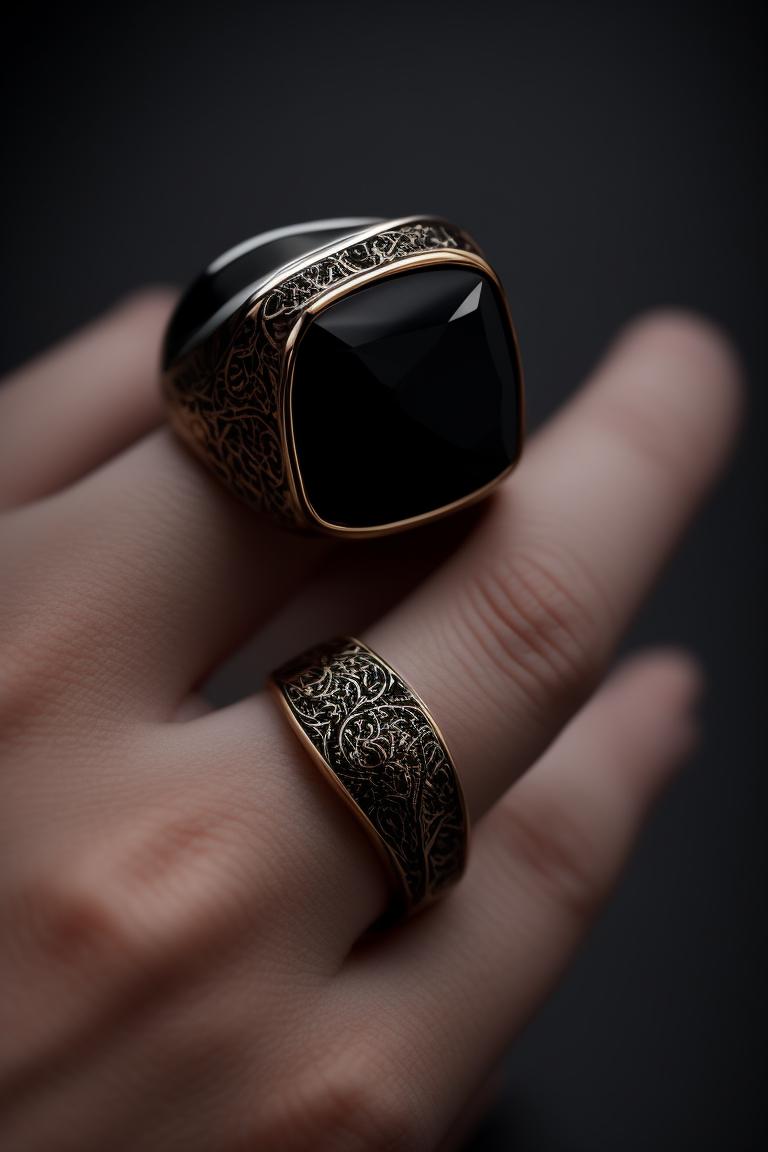

Leave A Comment